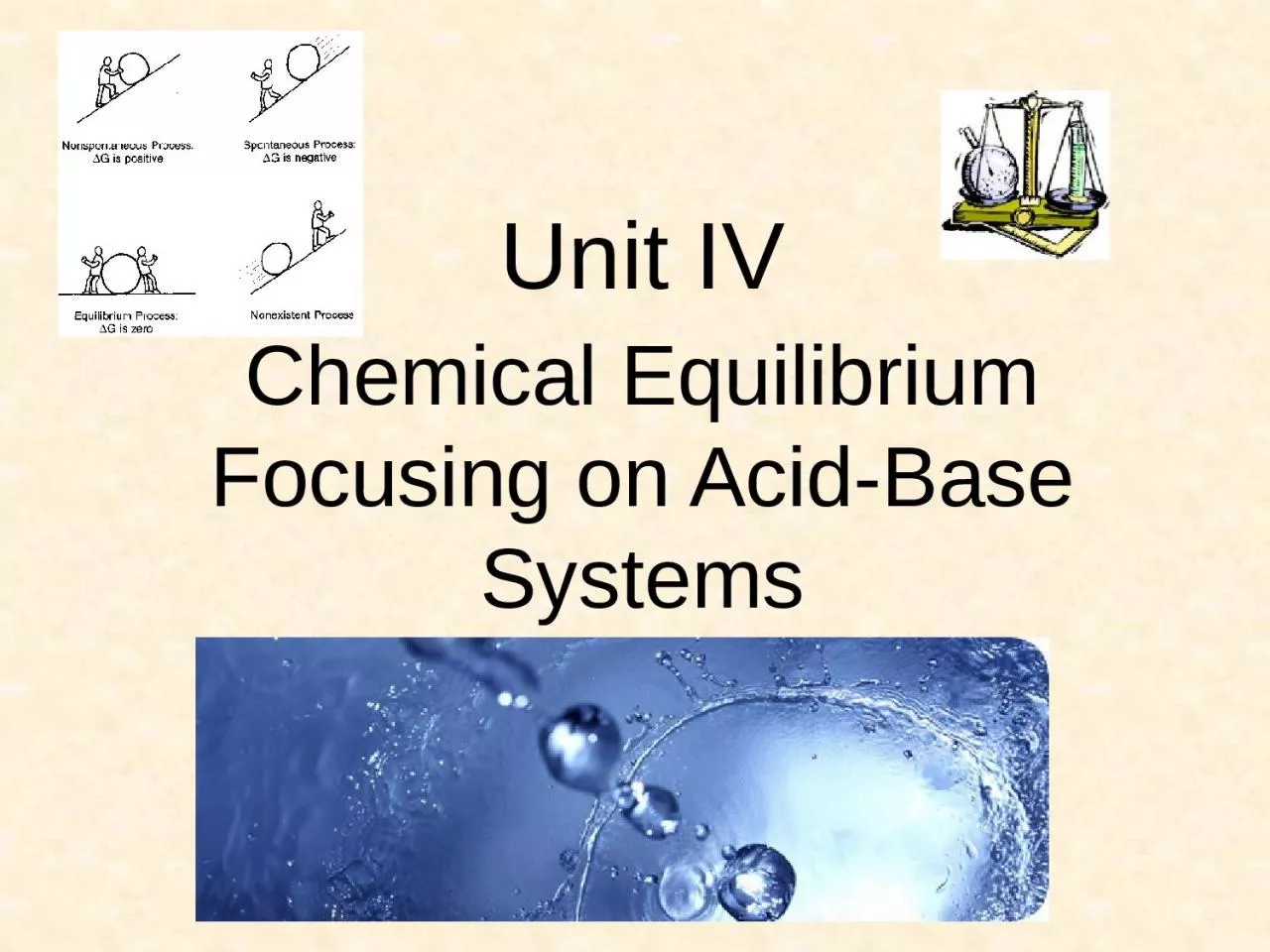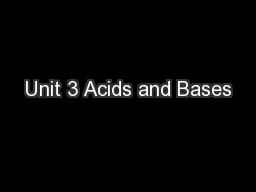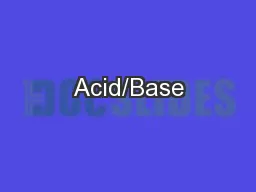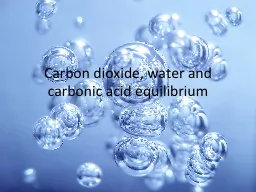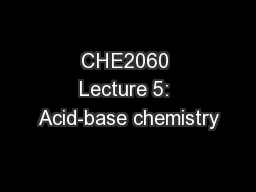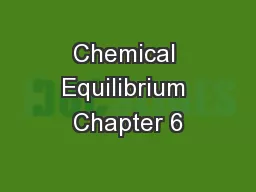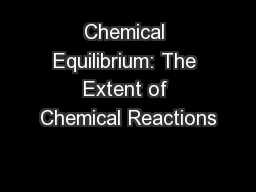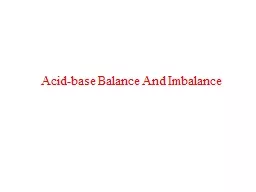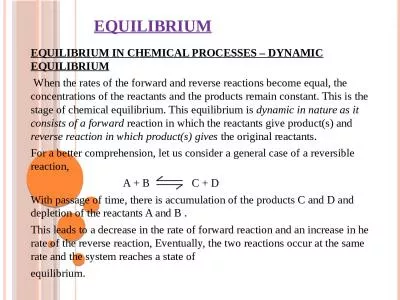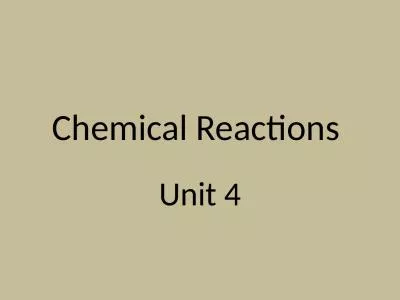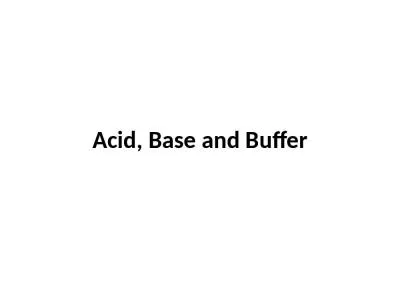PPT-Unit IV Chemical Equilibrium Focusing on Acid-Base Systems
Author : ceila | Published Date : 2024-01-29
Chemical System A system is described in terms of empirical properties such as temperature pressure volume and amount of substance present By definition all chemical
Presentation Embed Code
Download Presentation
Download Presentation The PPT/PDF document "Unit IV Chemical Equilibrium Focusing on..." is the property of its rightful owner. Permission is granted to download and print the materials on this website for personal, non-commercial use only, and to display it on your personal computer provided you do not modify the materials and that you retain all copyright notices contained in the materials. By downloading content from our website, you accept the terms of this agreement.
Unit IV Chemical Equilibrium Focusing on Acid-Base Systems: Transcript
Download Rules Of Document
"Unit IV Chemical Equilibrium Focusing on Acid-Base Systems"The content belongs to its owner. You may download and print it for personal use, without modification, and keep all copyright notices. By downloading, you agree to these terms.
Related Documents

